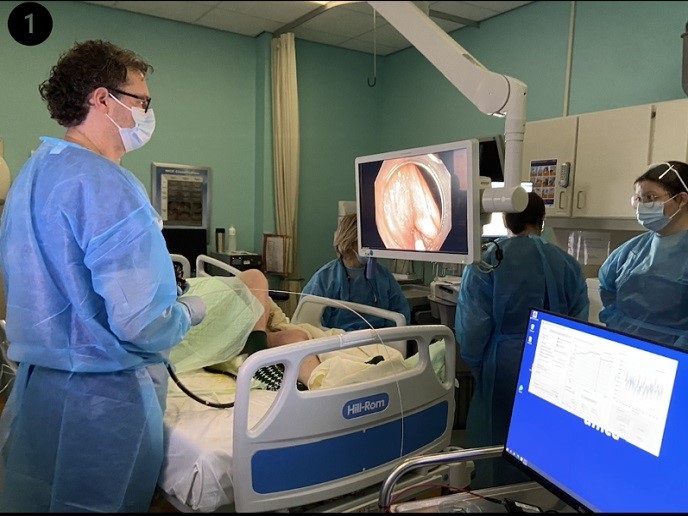Linking signalling with trafficking
Signal transmission within eukaryotic cells occurs through trafficking of vesicles carrying membrane-bound or other signalling molecules. Communication between cells also occurs through membrane anchored molecules known as receptors which are recycled through the processes of exocytosis and endocytosis. Although the routes of membrane trafficking are known to be controlled by cell signalling pathways, our knowledge on the underlying molecular machinery is limited. With this in mind, the EU-funded ‘Signalling and membrane trafficking in transformation and differentiation’ (Signalling & Traffic) project aimed to define the connections between signalling pathways and membrane trafficking. More specifically, project groups planned to study how certain transduction pathways remodel the intracellular trafficking routes and vice versa. Using modern cell biology approaches, scientists studied various cellular models of differentiating cells such as neurons and cancer cells dividing and migrating. The experimental focus was on proteins that play central roles in membrane trafficking and secretion, including rabs and SNAREs. Additionally, cell-cell and cell-substrate adhesion molecules, growth factors and their receptors were also studied for their role in normal and pathological signalling encountered in cancer and brain-related diseases. The information generated during the Signalling & Traffic project provided important cues on the links between membrane trafficking and cell signalling that lead to cancer and brain diseases. Importantly, this knowledge could contribute to the design of future therapeutic interventions.







